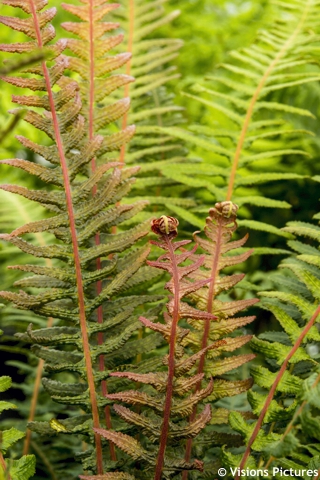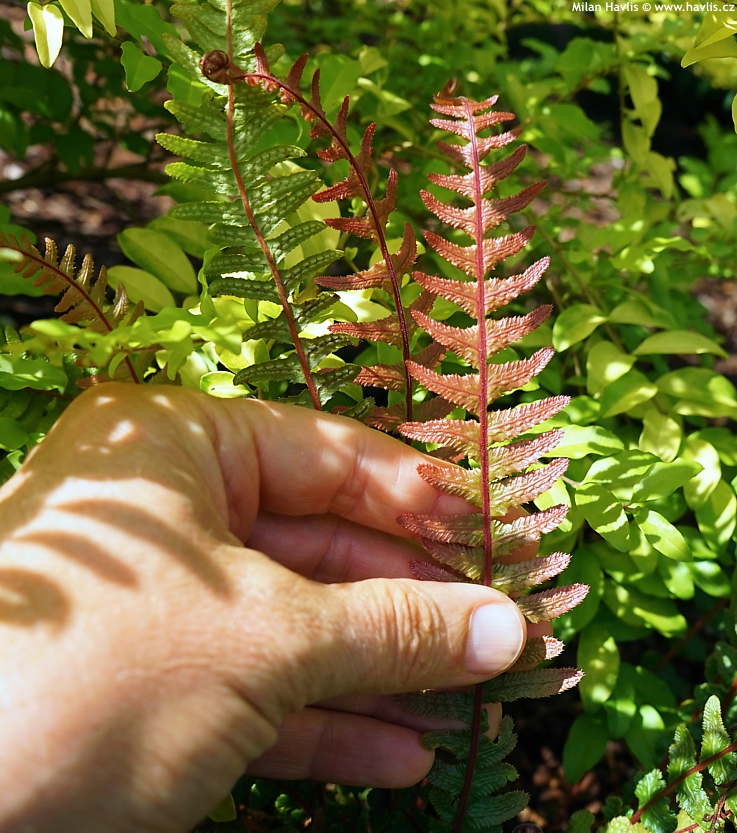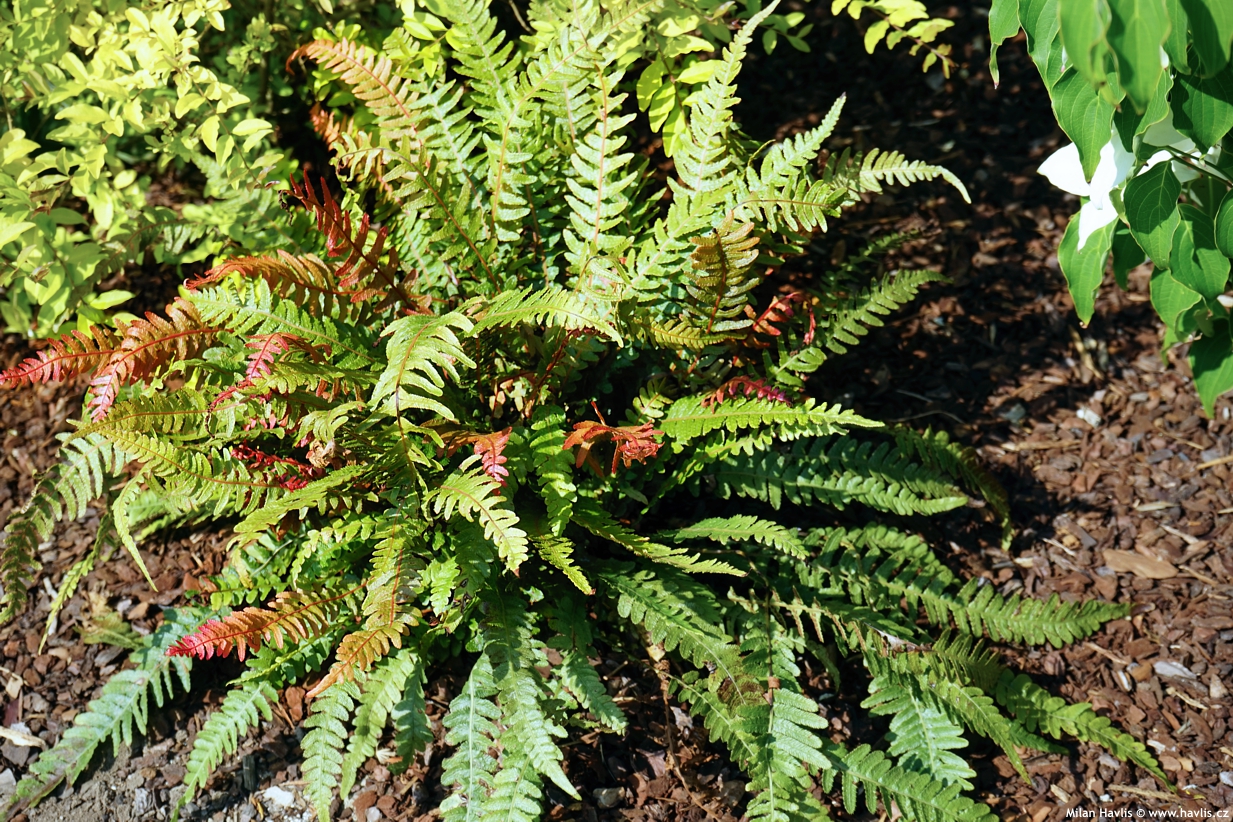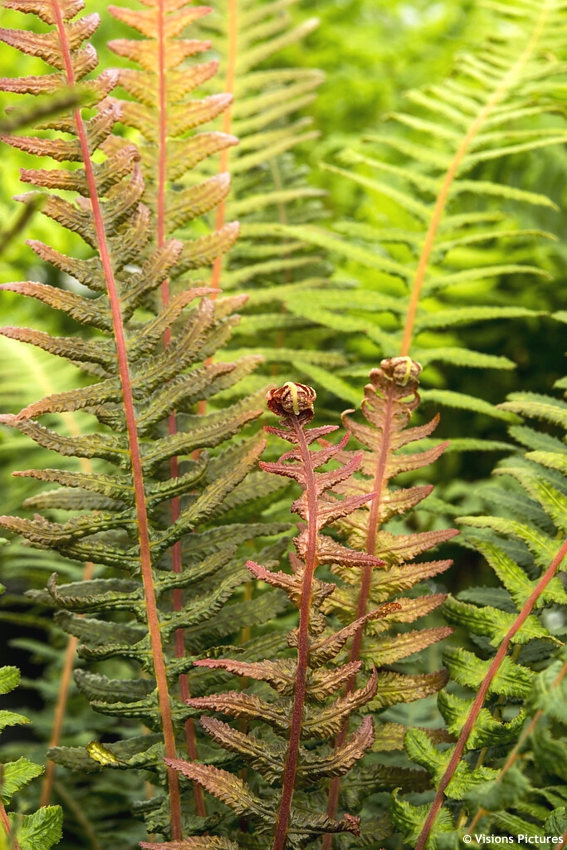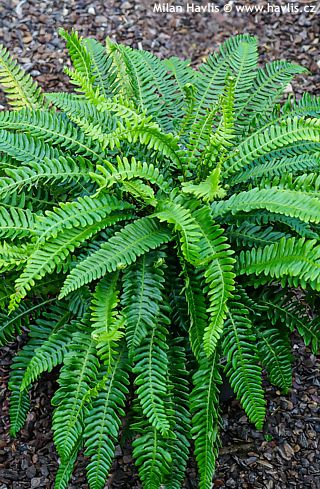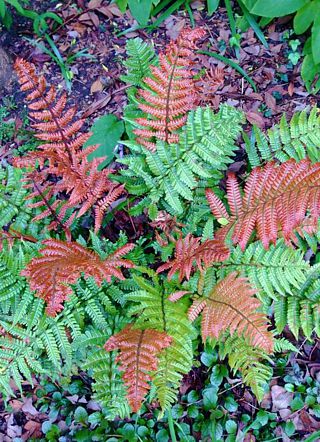Doodia media (syn. Blechnum medium) rasp fern, hacksaw fern
Doodia
The genus Doodia comprises of 17 species that are found in a wide range from Java, Sri Lanka through New Guinea to Australia, New Zealand and the Pacific Islands to Hawaii. It was first described in 1810 by Scottish botanist Robert Brown (1773-1858), who tried to carefully separate the individual species from each other, which was not at all easy due to their similarity. Some 200 years later, in 2011, Dutch botanist Maarten Joost Maria Christenhusz reassigned the entire genus to Blechnum, but it will take some time to embrace the change, so the original name Doodia remains an accepted synonym. Its original name was chosen in honour of Samuel Doody (1656-1706), the English administrator of the Apothecaries' Garden founded in 1673 in Chelsea, London, where all kinds of medicinal herbs were grown, and which also boasts the oldest alpine garden in Europe, the largest fruiting olive tree in Britain, and probably the most northerly cultivated non-greenhouse grapefruit tree in Europe.
Rasp fern is a beautiful fern whose name refers to the individual leaflets which are distinctly serrated at margins and have rounded, tongue-like tips. In addition, they are particularly rough to the touch due to short and somewhat stiff hairs present throughout the plant. It is a deciduous fern with deep green fronds 30 to 60 cm long, which emerge in a breathtaking and deep shade of bronze red changing to orange and green later. This happens several times a year. They are mostly upright, with only the oldest side fronds arching covering the ground, protecting it from drying out.
When fully established, doodia can tolerate short spells of drought but it prefers well-drained but moist, humus-rich soils of rather acidic pH. In its native habitat its leaves absorb atmospheric, often oceanic moisture which we are unable to imitate in our dry continental climate. It prefers full sun or only partial shade, but hates being covered by surrounding vegetation. It is not extremely hardy and we have so far tested it hardy to -17 °C (USDA zone 7) without any protection and further trials in colder regions continue. Still, we suggest mulching it abundantly for the winter.
Last update: 16-03-2024

































